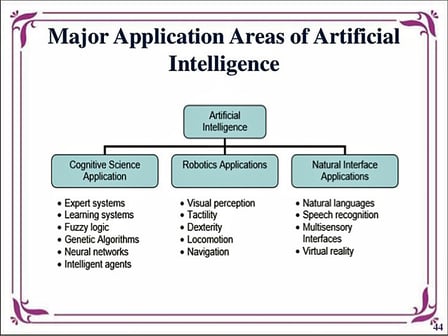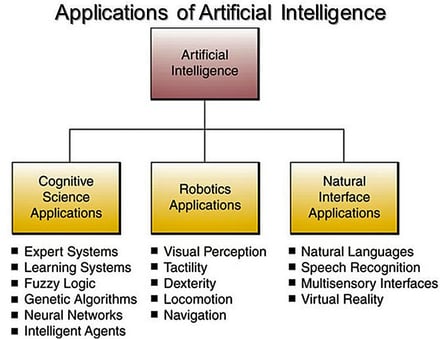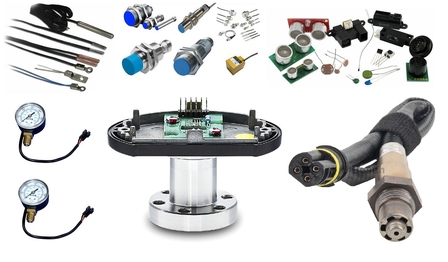One thing that makes writers, editors, and marketing professionals very happy, particularly those involved with technology, is the amount of buzzwords, acronyms, and poorly defined, badly questioned concepts the tech industry generates and provides great opportunities to create. The English language is quite supportive of this in that it contains countless words that can all mean the same thing, except for subtle differences that can be revealed when convenient. This is opposite to Italian, for example, where only one word can mean several things depending on the speaker’s facial expression and/or hand jives.
One of the current trends in technology, buzzword if you like, is artificial intelligence (AI). If taken literally and described on a “street level”, one could say AI is fake intelligence, similarly to the way some describe artificial flowers or artificial fruit, i.e., fake flowers, fake fruit. That would, however, not be quite correct and somewhat insulting because AI refers to the transfer or intelligence from humans to machines. We would like to believe that our inherent intelligence is real and it only becomes artificial when we implant it into a robot or other mechanical device that will do our bidding. Therefore, no insult intended upon human smarts.

An important concept to grasp, and it is purely objective, is the heart of AI is software. The machines themselves are not intelligent; they are controlled by the software, which is where the AI resides. This is just like the human body. The brain learns the task and tells the body how to do it. When one reads an instruction manual (the software), the brain (computer) learns and interprets the information, and guides the body (machine/hardware) to use tools or whatever is required to complete a task.
AI Definition
The concept and/or realization of AI can be subjective for many and objective for engineers and designers working on AI applications. For our purposes, let’s stick with the objective as art and philosophy has no place in an operational discussion.
A decent functional definition of AI is electrical and mechanical systems capable of collecting data related to specific tasks, analyzing the data, and making decisions and taking action based on the data and its analysis. A simple example might be a robot assembling fuel-injection systems on an assembly line. The robot not only has the ability assemble a multi-part device, but can ascertain if the parts it is using are meeting spec and reject defective parts and replace them with good parts.

Of course AI gets more complex in its goals, learning is a big part. Going back to that robot assembling fuel injectors, at some point the goal is for machines to analyze the tasks they are doing and logically find more effective and efficient ways to do them. For example, the robot may find a way to combine three parts into one or a different assembly order that could speed up production and, of course, increase profits.
Sensors Used In AI Apps
It’s a source of both constant dismay and equal amusement that few grasp the concept that sensors are all encompassing. They are used in every area of technology from simple toys to highly complex systems. They are essential components, hardware if you will.
A pressure sensor, for example, is a pressure sensor whether it’s used in the mechanical portion of an AI design or between to pieces of tile to measure weight in a consumer scale. The only differences may be the pressure range and the output type, i.e., voltage or current.
AI Sensors
When you think of the plethora of applications for sensors, one cannot avoid seeing an AI potential in each. The technology may not inspire many unique or novel sensors, but it will generate a massive demand for sensors of all types. And with the need for compact designs, sensor fusion will become more the norm than the application specific.

The list of AI applications is extremely long, but the types of sensors they will require is not comparable in terms of length. Also remember, certain sensor types have several different names, making the list even shorter. The top 10 includes:
- Pressure sensors
- Position sensors
- Temperature sensors
- Optical sensors
- Current & Voltage sensors
- Flow sensors
- Chemical sensors
- Gas sensors
- Torque, Strain, Gage & Force sensors
- Velocity sensors
AI Enhances Sensor Systems
Taking a different view of the relationship between AI and sensors is the outlook that AI can actually improve sensor systems. According to David Sanders in his article of October 30, 2013,
“artificial intelligence tools can be useful when applied to sensor systems.” He cites knowledge-based systems, fuzzy logic, automatic knowledge acquisition, neural networks, genetic algorithms, case-based reasoning, and ambient-intelligence as being particularly beneficial for sensor systems.
Part two will provide useful AI terminology.